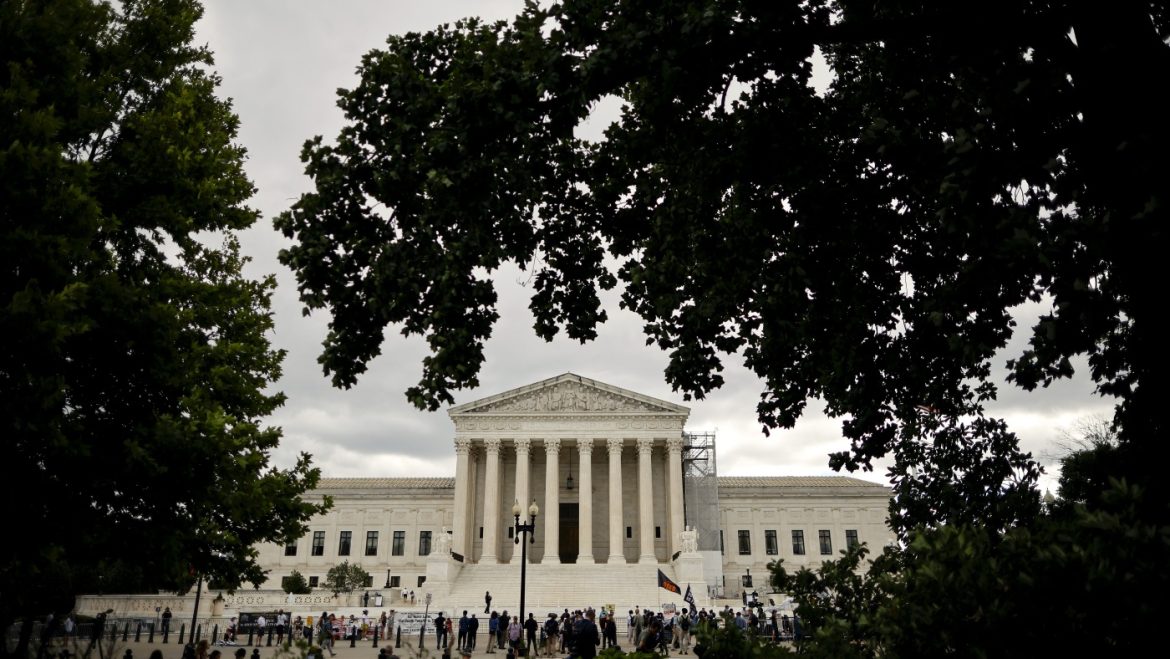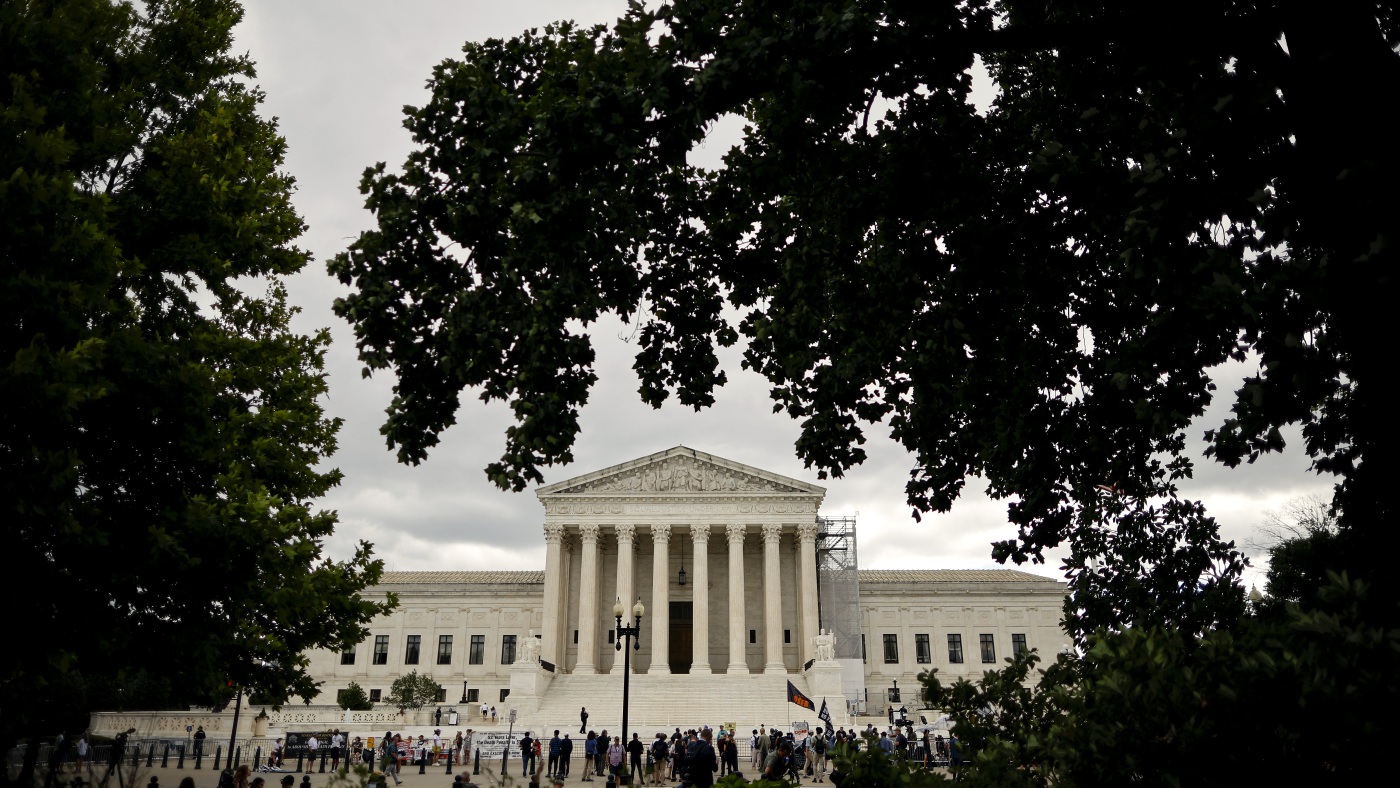The recent Supreme Court rulings signal a pivotal shift in the landscape of disability rights within education, emphasizing enhanced legal protections for students with disabilities and easing the pathways to seek justice when schools fall short in accommodating these students’ needs.
Context and Background
Several cases, notably those involving students with rare disabilities such as epilepsy or deafness, have come before the Supreme Court. Central to these cases is whether schools comply with statutory mandates to provide tailored, free public education that meets the unique needs of disabled students. Such statutes include the Americans with Disabilities Act (ADA) and the Individuals with Disabilities Education Act (IDEA), which require educational institutions to offer adequate accommodations and prevent discrimination.
The recent unanimous decisions reflect the Court’s firm stance in reinforcing the enforceability of these protections by enabling students and their families to sue schools that neglect their duties. In particular, the cases highlight the legal hurdles families face when trying to seek remedies and how the Court’s rulings aim to lower those barriers.
Breaking Down the Supreme Court’s Unanimous Decisions
Enhancing Access to Legal Remedies for Disabled Students
The core outcome of the rulings is making it easier for students with disabilities to bring lawsuits against public schools under the ADA and related civil rights laws. This development clarifies that students do not always have to exhaust administrative procedures before initiating civil litigation to demand legally mandated accommodations.
By siding with students such as Ava Tharpe, a teenage girl with a rare form of epilepsy, and other plaintiffs like deaf students, the Supreme Court affirms their right to seek damages and enforce their educational rights more effectively. This means families can challenge inadequate school responses if they believe the institutions have failed to provide necessary accommodations promptly.
Legal Standards and Their Implications
Chief Justice John Roberts authored the unanimous opinion, underscoring that educational programs must strive for more than mere “some” academic advancement. The expectation is that schools deliver meaningful progress tailored to the student’s unique needs, aligning with the civil rights statutes’ intent.
This ruling stands as a corrective measure against previous lower court decisions that set too-high thresholds or restrictive procedural prerequisites, effectively limiting remedies available for disability discrimination. By recalibrating the standard, the Court significantly enhances the enforceability of disability rights in education.
Impact on Students, Families, and Schools
Empowering Disabled Students and Their Families
The ruling sends an empowering message to families fighting for appropriate education. It validates their rights to hold school districts accountable and affirms that failure to provide adequate accommodations can be legally challenged. This lowers the burden on families who have historically faced bureaucratic and legal obstacles when advocating for their children.
Moreover, the decision encourages educational institutions to proactively meet their obligations under the ADA and IDEA, knowing that noncompliance could lead to legal consequences beyond administrative reviews.
Challenges and Considerations for Schools
For school districts, this legal landscape means increased accountability and potentially greater exposure to litigation. Schools need to ensure that their special education programs and accommodations go beyond mere procedural compliance to deliver substantive educational benefits.
This may necessitate improved training, resource allocation, and collaboration with families to design and implement effective individualized education programs (IEPs).
Broader Implications for Disability Rights Advocacy
The Court’s unanimous backing of disability rights claims reinforces the national commitment to equality in public education. It may catalyze broader shifts in policy and practice, urging federal, state, and local education authorities to reevaluate their approaches to special education and disability accommodations.
Furthermore, the ruling sets a precedent that could influence future disability rights litigation beyond education, potentially inspiring more rigorous enforcement of civil rights protections across various sectors.
Outstanding Questions and Future Directions
While the rulings mark a significant advance, some ambiguity remains regarding the extent and limits of damages that can be claimed and the precise procedural steps required before litigation. Subsequent cases and legal interpretations will likely refine these parameters.
Additionally, the decisions invite important discussions on how schools can balance resource constraints with legal obligations and how families can best advocate effectively within evolving frameworks.
Conclusion: A Landmark Moment for Disability Rights in Education
The Supreme Court’s unanimous decisions represent a landmark moment, bolstering the rights of students with disabilities to access legitimate educational opportunities and hold institutions accountable. By easing the path to litigation and demanding meaningful educational progress, the Court has reinforced that disabled students cannot be relegated to minimal or inadequate accommodations.
This judicial stance not only empowers families but also challenges schools to raise their standards and commitment to inclusive education. Ultimately, these rulings mark a robust reaffirmation of the principle that every child deserves a free public education tailored to their individual needs—without unnecessary legal and administrative barriers standing in their way.


